A defibrillator can be a lifesaving device when a person is experiencing sudden cardiac arrest or heart failure. Defibrillators, also known as Automated External Defibrillators (AEDs), are designed to restore a normal heartbeat by delivering an electric shock to the heart. When used promptly and correctly, they can greatly increase the chances of survival. In this comprehensive guide, we’ll highlight the essential steps of using a defibrillator effectively.
What is Sudden Cardiac Arrest?
Before we dive into the usage of a defibrillator, it’s important to understand what sudden cardiac arrest (SCA) is.
Sudden cardiac arrest occurs when the heart’s electrical system malfunctions, causing the heart to suddenly stop beating effectively.
This results in a lack of blood flow to the brain and other vital organs, which can lead to loss of consciousness and death within minutes if not treated.
A defibrillator works by delivering an electric shock to the heart in an attempt to restore its normal rhythm. This shock, known as defibrillation, aims to disrupt any abnormal electrical activity and allow the heart’s natural pacemaker to regain control.
How To Use Your Defibrillator
Using a defibrillator may seem daunting, but most modern AEDs are designed to be user-friendly, even for individuals without medical training. Follow these steps to effectively use a defibrillator:
Step 1: Assess the Situation
Check Responsiveness: Before anything else, ensure the person is unresponsive. Gently shake and shout at them to check for any response. If they don’t respond, they might be experiencing SCA.
Call for Help: Dial emergency services or ask someone nearby to call for help. Time is of the essence, and professional medical assistance is crucial.
Step 2: Expose the Chest and Attach the AED
Expose the Chest: Remove any clothing or fabric covering the person’s chest. The AED pads need direct contact with the skin to work effectively.
Turn On the AED: Most AEDs have an easily recognizable power button. Turn on the device to start the process.
Step 3: Apply the AED Pads
Follow Pad Placement Illustrations: Most AEDs have visual aids or voice prompts that guide you through the pad placement process. There are typically two adhesive pads – one placed on the upper right side of the chest and the other on the lower left side of the chest.
Ensure Proper Placement: Make sure the pads are correctly positioned according to the illustrations on the AED. If the person has a hairy chest, you might need to quickly shave the areas where the pads will be placed.
Step 4: Analyze Heart Rhythm
Stand Clear: Once the pads are in place, ensure that nobody is touching the person, and say loudly, “Stand clear!” to prevent anyone from touching the person during analysis and shock delivery.
AED Analyzes: The AED will automatically analyze the person’s heart rhythm to determine if a shock is necessary. Some devices might require you to press a “analyze” button.
Step 5: Shock Delivery and CPR
If Shock is Advised: If the AED determines that a shock is needed, it will prompt you to deliver a shock. Make sure no one is touching the person and press the “shock” button as directed.
Perform CPR: If a shock is delivered, or if no shock is advised, immediately start performing cardiopulmonary resuscitation (CPR).
Follow the recommended compression and breath ratios (usually 30 compressions followed by 2 breaths) until the AED prompts you to stop for re-analysis or until medical professionals take over.
Step 6: Follow AED Prompts
Follow AED Voice Prompts: Throughout the process, the AED will continue to provide voice prompts and visual cues to guide you. It might instruct you to continue CPR or to administer additional shocks if necessary.
Step 7: Professional Medical Assistance
Continue Until Help Arrives: Keep using the AED and performing CPR until professional medical help arrives or the person shows signs of regaining consciousness and breathing normally.
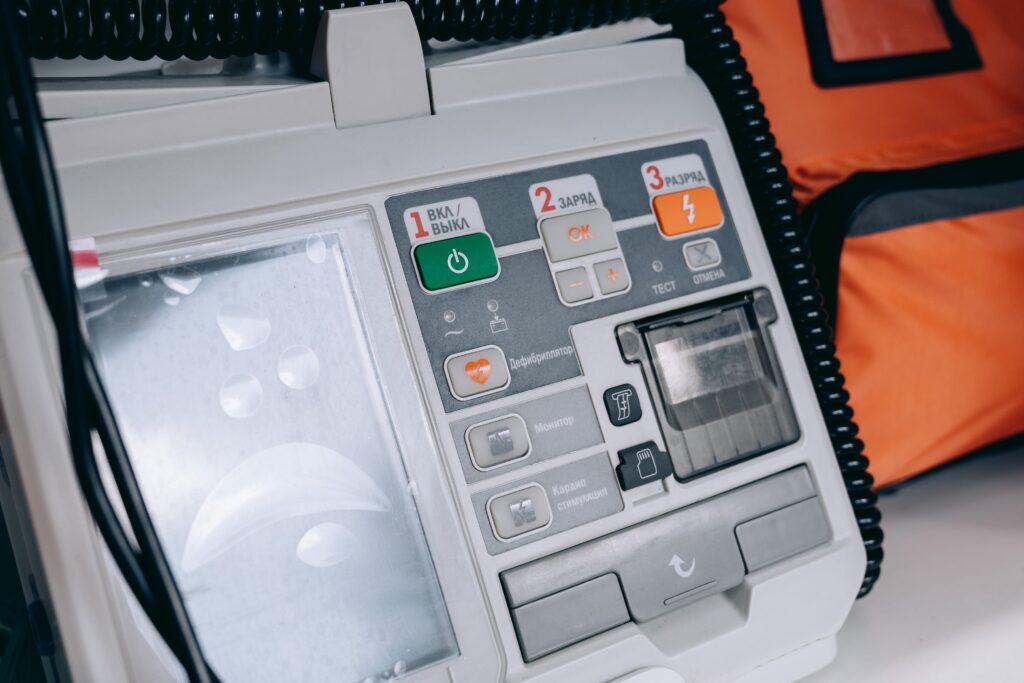
Tips and Considerations
- Stay Calm: In emergency situations, maintaining a calm demeanor is crucial. Panic can hinder your ability to think and act effectively.
- Quick Action is Key: The chances of survival decrease significantly with every passing minute during cardiac arrest. Acting quickly and efficiently can make a substantial difference.
- No Pulse Required: A common misconception is that a person must have no pulse to use a defibrillator. However, defibrillators are specifically designed to treat irregular heart rhythms, not a complete absence of a pulse.
- Child Usage: Some AEDs have pediatric pads or settings. If a child is experiencing SCA, follow the manufacturer’s guidelines for pediatric use.
- Regular Maintenance: Ensure that the AED is regularly inspected, its battery is charged, and the pads are within their expiration date. Most devices have status indicators that show whether the device is ready for use.
Conclusion
A defibrillator is a powerful tool that can significantly improve the chances of survival for individuals experiencing sudden cardiac arrest. By following the steps outlined in this guide, you can confidently and effectively use a defibrillator to potentially save a life. Remember, hands-on training and experience will provide more preparedness and the ability to respond in critical situations.

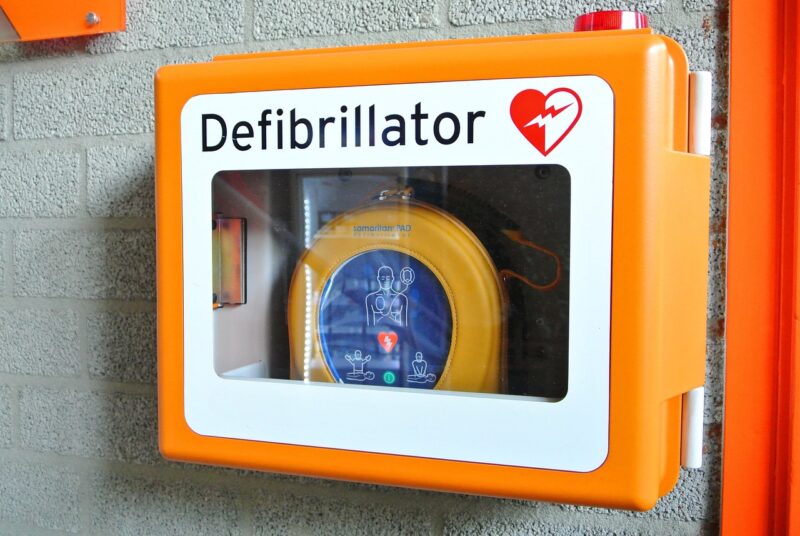
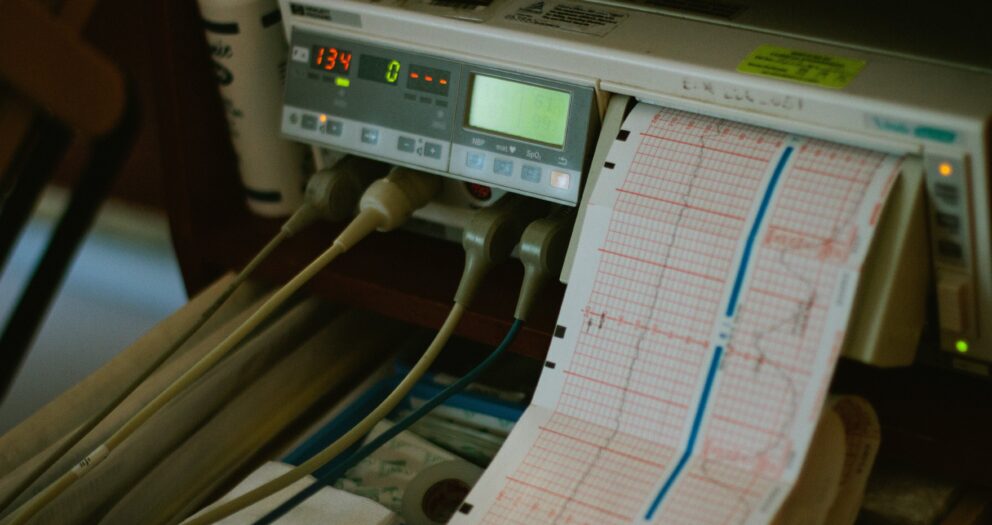
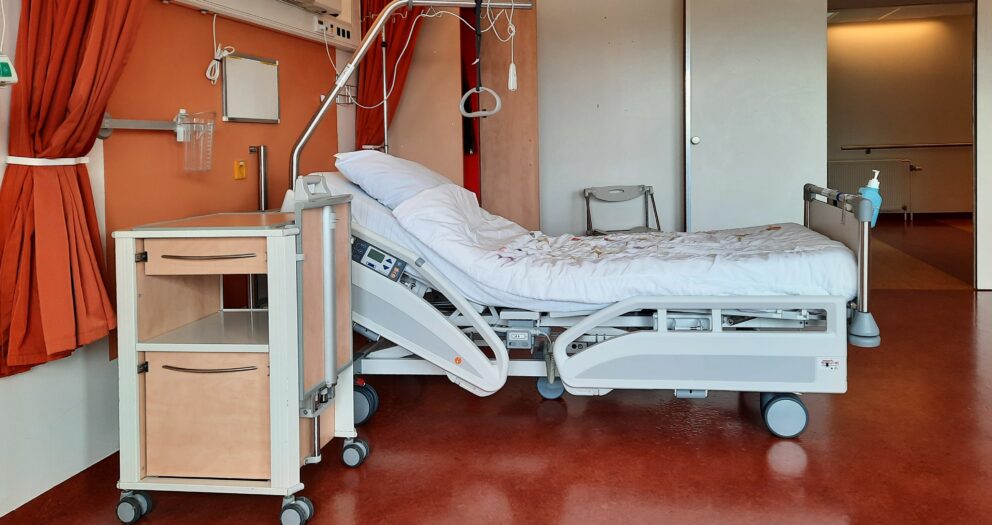
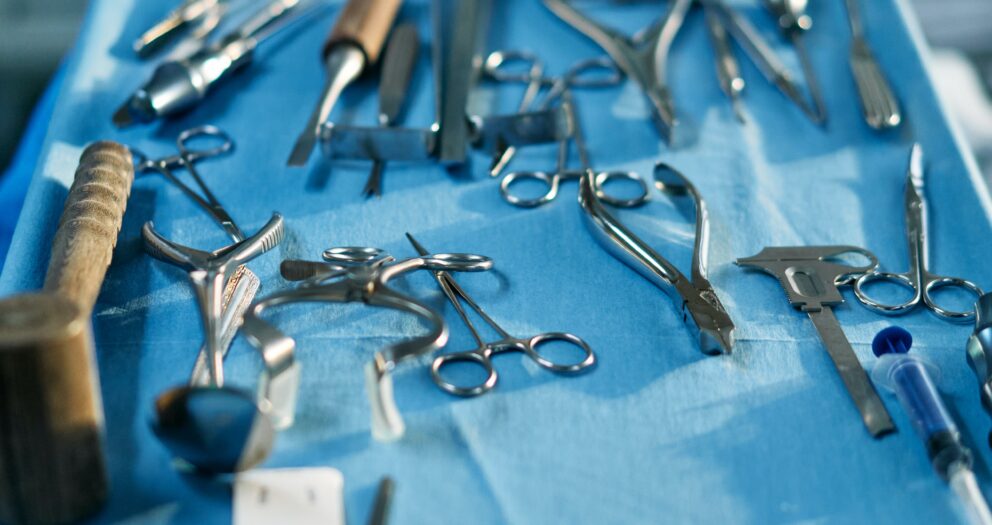
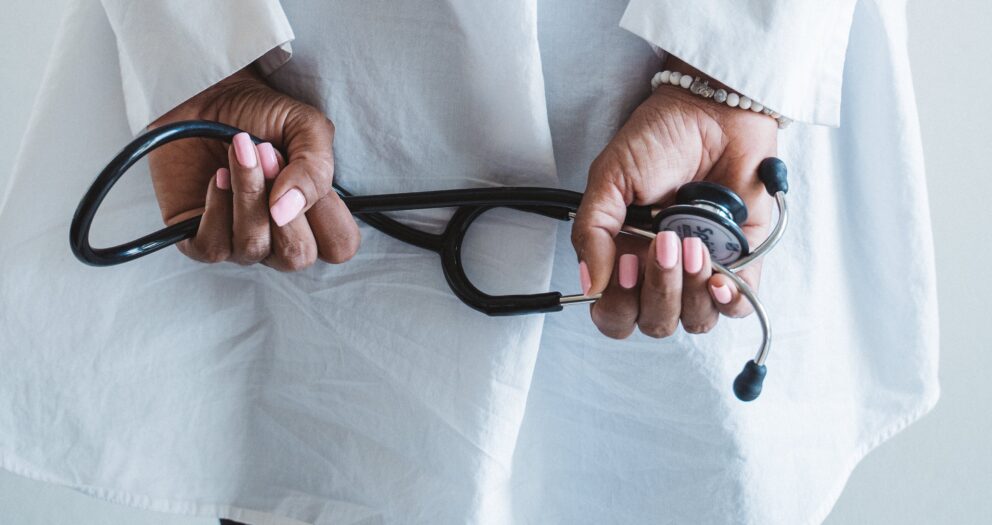
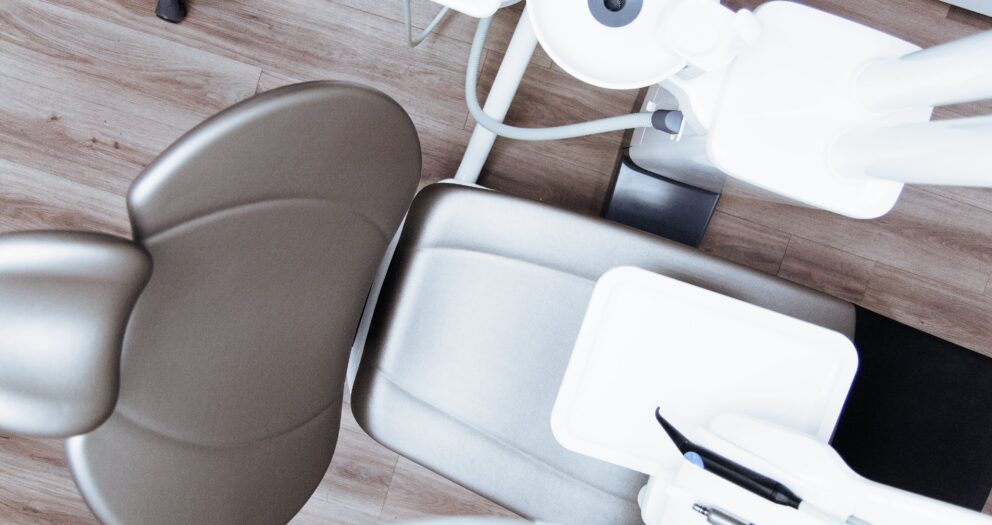
Write a comment
Your email address will not be published. All fields are required